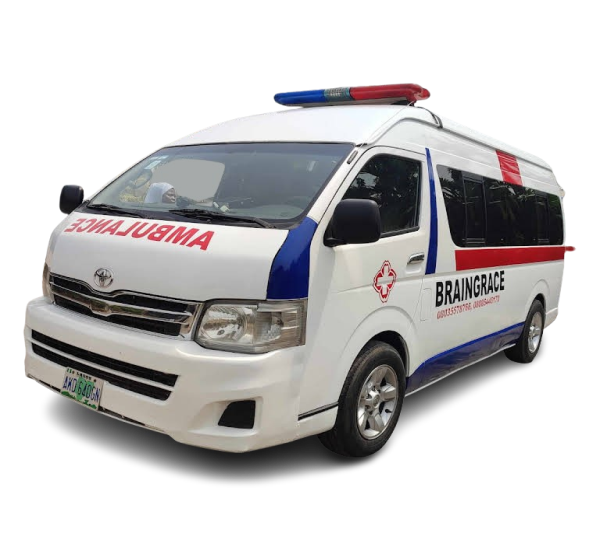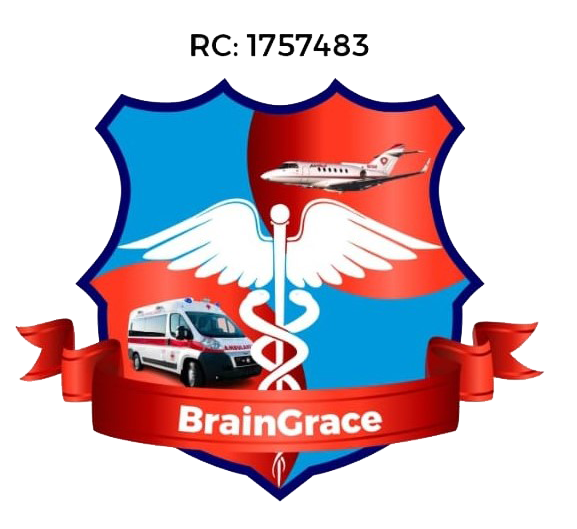A Basic Life Support (BLS) ambulance is equipped to provide emergency care and transport for patients who do not require advanced medical intervention. Below are the typical components:

- Vehicle Features:
Ambulance body: Designed for patient comfort and safe transport.
Stretcher and stretcher platform: A wheeled or collapsible stretcher with locking mechanisms for safe transit.
Seating: For medical personnel and an accompanying family member (s) if necessary.
Interior lighting: For visibility within the ambulance or during medical procedures.
Oxygen supply and mounts: Built-in storage for oxygen cylinders.
Communication system: Radios or mobile devices for contacting dispatch or hospitals.
Climate control: Heating and air conditioning to maintain a stable patient environment
- Medical Equipment:
Oxygen delivery system:
Oxygen cylinders (portable (pin index) and mounted)
Masks (adult and paediatric), nasal cannulas, and non-rebreather masks
Airway management tools:
Oropharyngeal and nasopharyngeal airways
Manual suction devices or portable suction units
Monitoring devices:
Blood pressure cuffs (manual or automatic)
Pulse oximeter
Thermometers (digital or infrared)
Basic first aid supplies:
Bandages, gauze, and tape
Splints (various types)
Cervical collars (different sizes)
Emergency kits:
Burn kits
Trauma kits
Obstetric kit for childbirth emergencies
- Safety and Mobility Aids:
Spine boards and immobilization devices: For spinal injury cases.
Stair chair or portable wheelchair: For moving patients in confined spaces.
Fire extinguisher: For safety during emergencies.
Reflective safety triangles: For roadside emergencies.
- Consumables:
Gloves (non-latex), masks, and gowns for infection control.
Alcohol wipes and antiseptic solutions.
IV cannulas, saline, and basic drip sets (depending on regulations).
- Documentation and Administrative Tools:
Patient report forms and pens.
Medical reference materials or guides.
Ensure that your BLS ambulance is in compliance with national and local regulations.

